Certain birds require certain powers of perusal
A friend recently asked me why I like bird watching. In the interest of brevity I responded in an off-handed way that I enjoy their bright colors and beautiful songs. Yet there is much more to it than that; the intangible aspects of this particular way of appreciating nature are hard to convey in casual conversation. It’s what the birds have to teach me that draws me to them, lessons about how to live.
Birding sharpens the senses as you learn to look deeper into the trees for a bird such as the brown creeper. In order to spot the creeper you have to widen your eye, for he is a small bird nearly indistinguishable in color from the tree trunk that he silently winds his way around. You also have to open your ears as you listen for the smallest of sounds, such as the soft scratching of the nuthatch as he tears off pieces of bark with his sharp bill, or the rustle of the tufted titmouse at the base of the tree as he tosses bits of dry leaves into the air in his search for insects. You learn to be more observant of the world around you.
From the great blue heron you learn to be still and to wait as he does, watching for that which he desires to reveal itself to him. The color of smoke, he appears barely more solid than the fog that surrounds him as he stand motionless in the shallows of a pond. If you should pursue him, he will lift off, fold his neck into an “S” curve and fly away, long legs trailing behind him. You learn to be patient and accept what the bird wishes to show you as you relinquish the need to be in control.
Sometimes it is necessary to accept defeat, as the scarlet tanager shows you one spring morning. You follow its hoarse call into the woods, pinpoint its location halfway up a steep slope, and lean against a sturdy oak in order to scan the tree tops for that brilliant red plumage. But it never does show itself, and with back aching from the deep grooves in the bark, you finally let it go and move on. On another day it may appear, shockingly bright at eye-level and almost within arm’s reach, and so you learn to take what comes.
The tiny golden crowned kinglet teaches you to be grateful on a winter’s day when you have trudged through the woods seeing nothing but gray trees and old snow. Desperate for color, your eye catches a flash of bright yellow – in a thicket by a small stream the kinglet flits energetically within the tangle of branches, his crown faring. Suddenly your day has brightened considerably.
But perhaps the most meaningful lesson you will learn from watching birds is how to retain the capacity for wonder. One day after completing a group walk, you wander off on your own into a small wooded area, where you see a few warblers in the bushes and a wren in the process of building a nest. Satisfied with the day’s “take,” you set out to return to your car, when you notice a large shadow pass overhead. Quickly lifting your head you see a large dark bird with a light tail, then you notice the white head and realize it is a bald eagle – the first one you’ve ever seen in the wild. It circles above you briefly, then heads off toward a nearby river, leaving you standing in a swamp on a sunny spring morning, head tilted back, breathless.
Birders’ Watch is provided by members of the Naturalists’ Club of Broome County. This column was written by Debra C. Spano. For information on the Naturalists Club, write P.O. Box 191, Vestal, N.Y. 13850.
Posted in Birders Watch Columns | Comments Off on Certain birds require certain powers of perusal
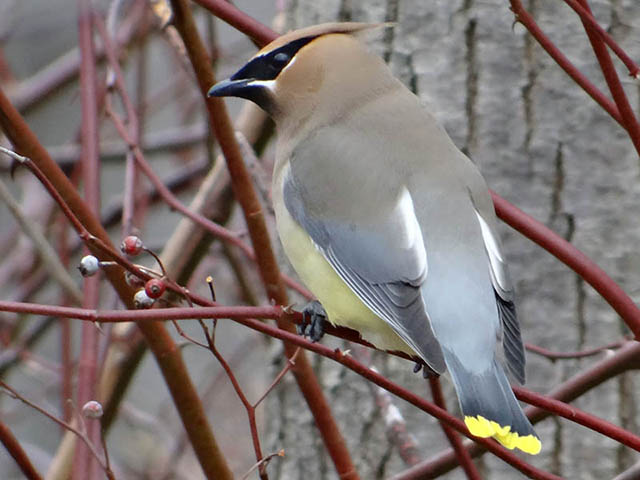
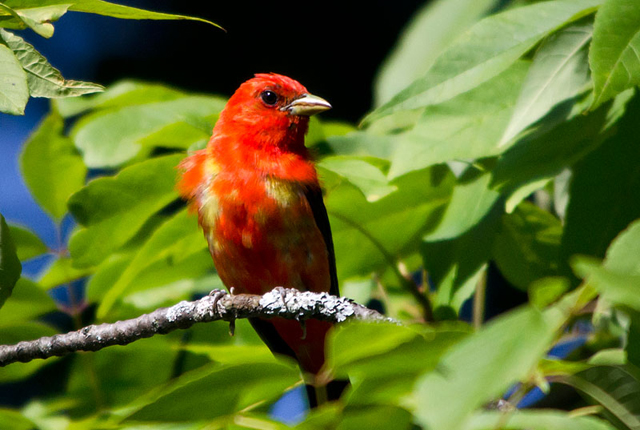
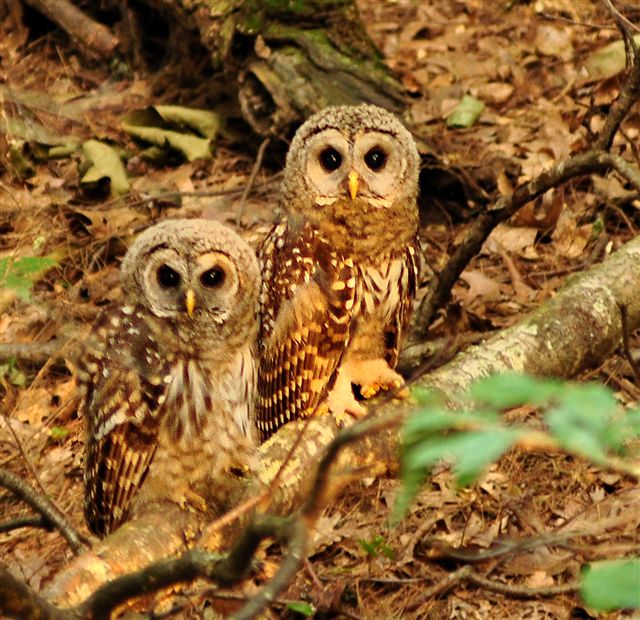
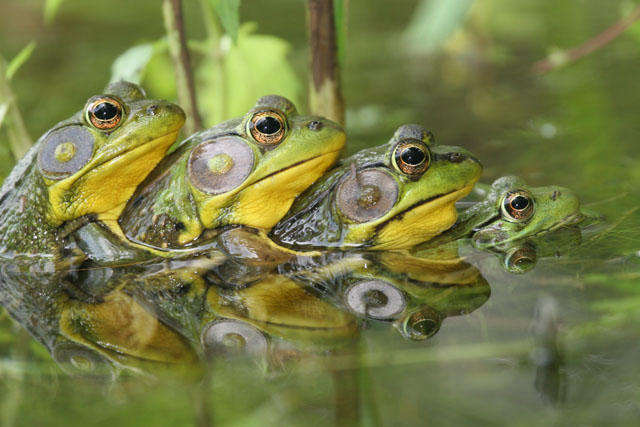
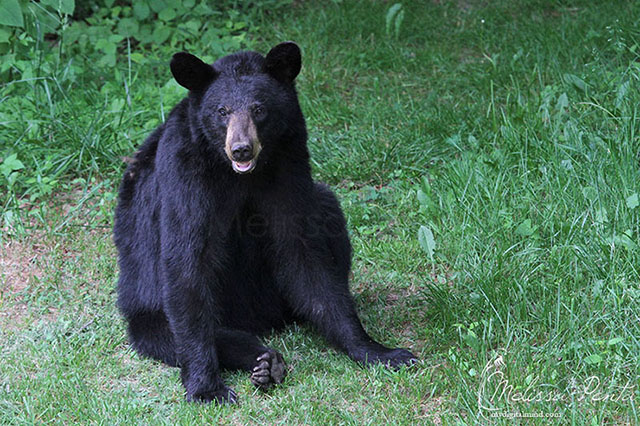
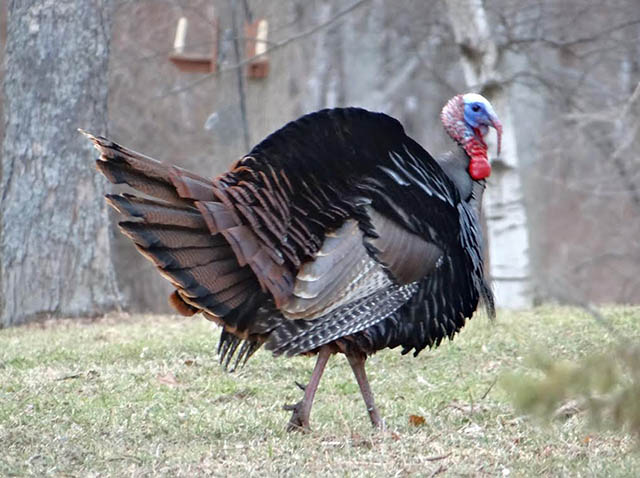
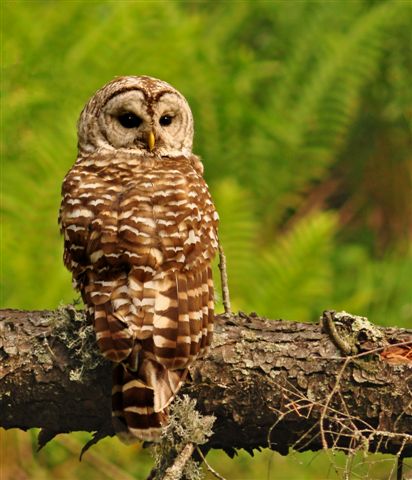
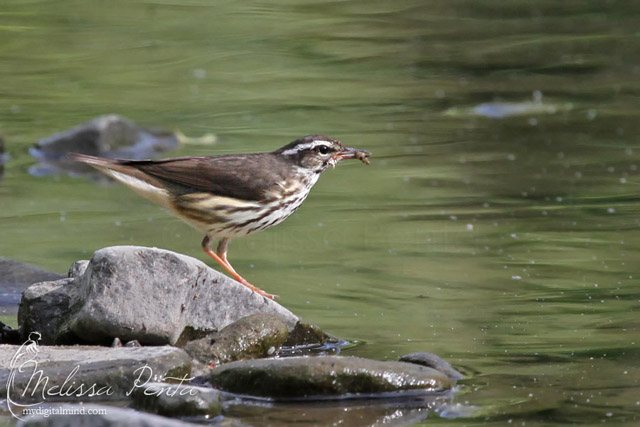
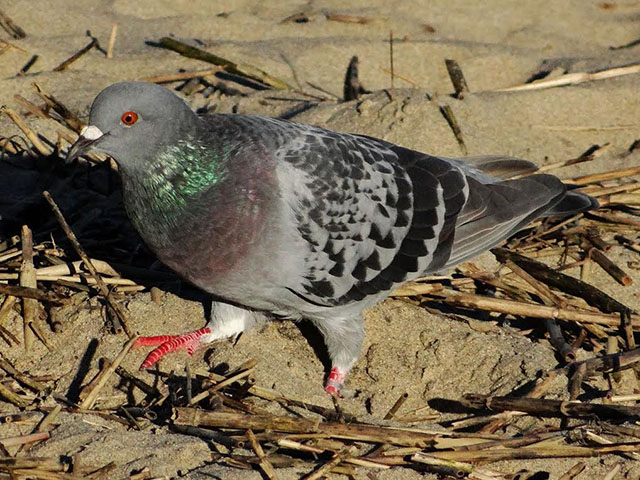
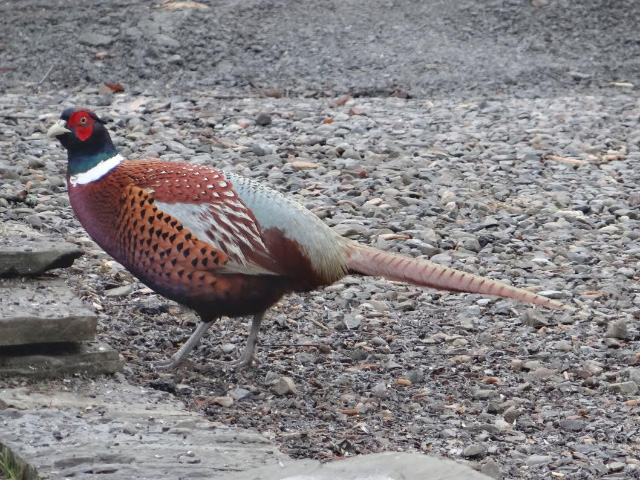
Comments are closed.